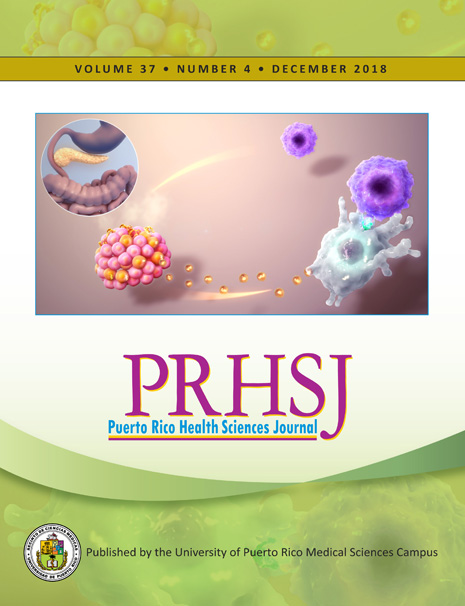Abstract
Objective: Better than simple anthropometric parameters, the visceral adiposity index (VAI) has recently been proposed as a predictor of cardiometabolic risk in adults. However, there are conflicting results on the associations of these parameters in children and adolescents. Therefore, we aimed to estimate this potential relationship between VAI, anthropometric parameters (i.e., body mass index [BMI], waist circumference [WC], and waist-to-height ratio [WHtR], respectively), and inflammation as measured by high-sensitivity C-reactive protein (hs-CRP) levels in a cohort of adolescent girls. Methods: A total of 90 adolescent girls from 16 to 19 years old were included in cross-sectional study. Anthropometric and biochemical parameters (glucose, lipid parameters, and hsCRP) were measured. The VAI, derived from anthropometric and lipid parameters, calculated {[WC/36.58 + (1.89 × BMI)] × (triglycerides/0.81) × (1.52/HDL-cholesterol)} was calculated. Results: A comparison of the receiver operating characteristic (ROC) curves showed that all the curves for the anthropometric parameters (e.g., BMI, WC, WHtR) had excellent discriminatory capability with regard to inflammation level status (low vs. high level) and significantly larger areas under the curve (AUC = 0.885, AUC = 0.863, AUC = 0.860, respectively; P<0.001) than the ROC curve for VAI did (AUC = 0.686; P = 0.021). Conclusion: Visceral adiposity index is not superior over anthropometric parameters in relation to inflammation as measured by high sensitivity C-reactive protein in adolescent girls.
Authors who publish with this journal agree to the following terms:
a. Authors retain copyright and grant the journal right of first publication with the work simultaneously licensed under a Creative Commons Attribution License that allows others to share the work with an acknowledgement of the work's authorship and initial publication in this journal.
b. Authors are able to enter into separate, additional contractual arrangements for the non-exclusive distribution of the journal's published version of the work (e.g., post it to an institutional repository or publish it in a book), with an acknowledgement of its initial publication in this journal.
c. Authors are permitted and encouraged to post their work online (e.g., in institutional repositories or on their website) prior to and during the submission process, as it can lead to productive exchanges, as well as earlier and greater citation of published work (See The Effect of Open Access).
